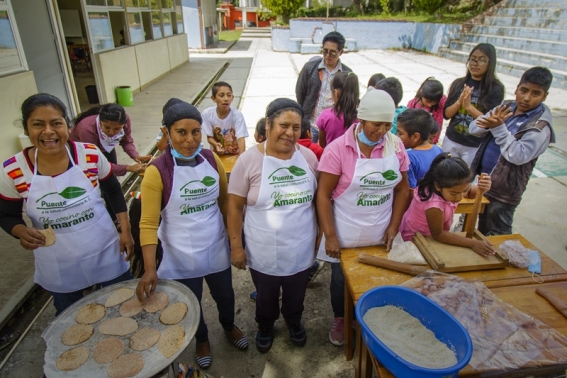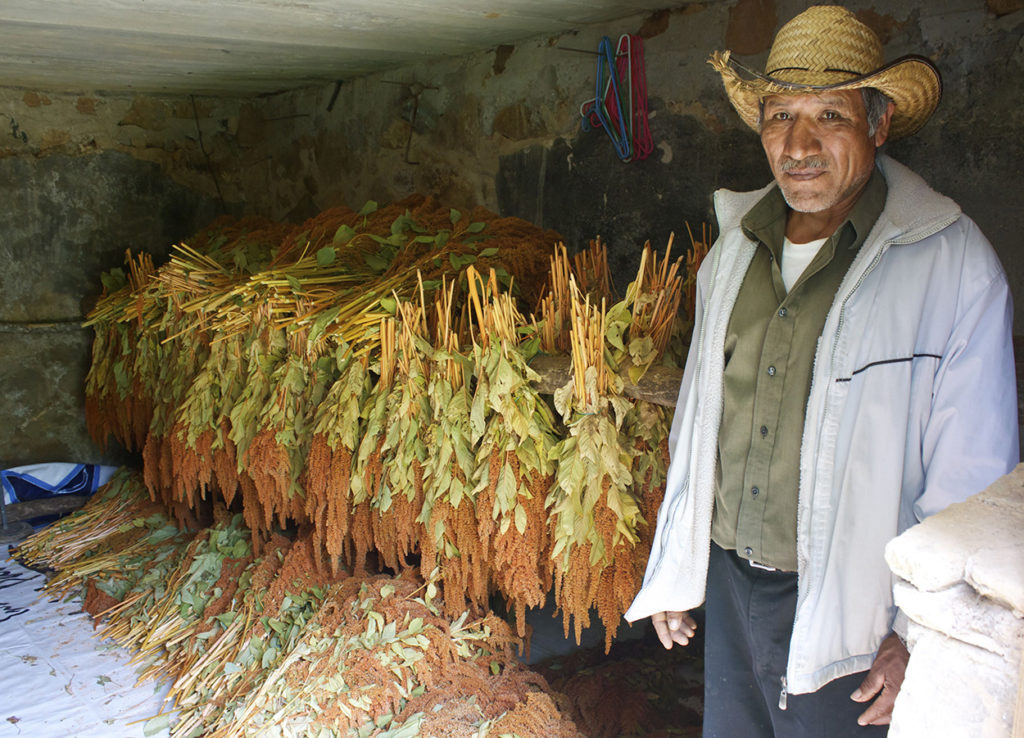PUENTE WILL CONTINUE TO SERVE 30 COMMUNITIES IN VALLES CENTRALES AND LA MIXTECA DURING THE CORONAVIRUS PANDEMIC
The impact of COVID-19 on Oaxaca and the government order to shelter in place has required Puente to adapt its work to our changing circumstances. As a community organization, our primary interest is in promoting the health and well-being of our farmers and their communities by supporting agroecological food production and creating jobs and economic opportunities. The need for social distancing has limited the scope of our work and the activities we can carry out, but the crisis has also opened additional opportunities. Puente staff continues to work remotely and – where and when it is safe – in the fields. They are adapting existing programs and developing new initiatives that are consistent with good practices in this challenging time.
However, our financial outlook has changed dramatically and has required structural changes in our organization. We remain committed to the mission and work of Puente in support of rural communities in Oaxaca, and the values on which the organization was founded. After careful evaluation of what is feasible in the future given our new reality, we made the decision to narrow the scope and size of the organization in a way that still serves Puente’s mission and leverages the smaller amount of resources we have moving forward. This means we will eliminate the Healthy Families program and focus resources on our existing Ecoamaranth and
Social Economy programs, both of which will continue to hold health promotion as a central value.
We realize that these cuts will have challenging personal and financial impacts on our staff and their families, particularly at a time of a health and economic crisis. We take these actions reluctantly, but with the understanding that a smaller, more focused team will allow the organization to maintain our commitments to our farmers and communities, survive the current crisis, and rebuild in better times to come.













